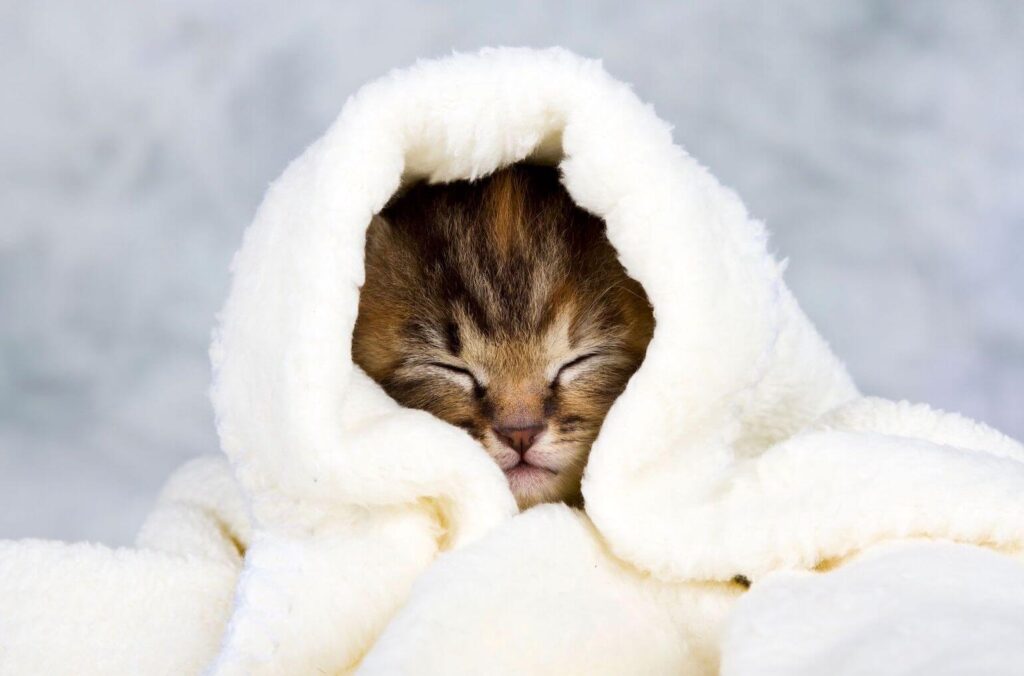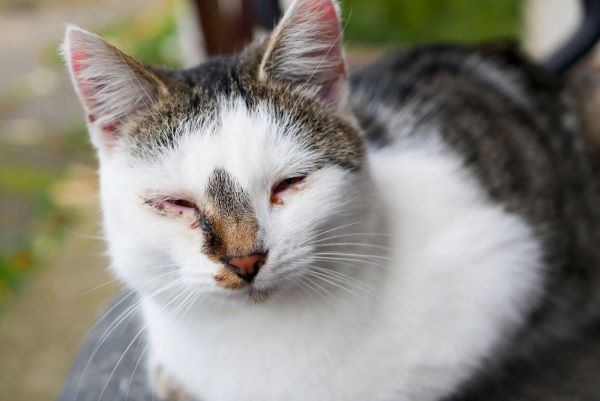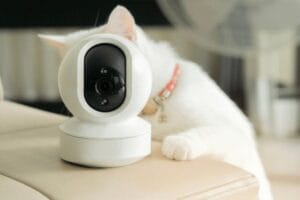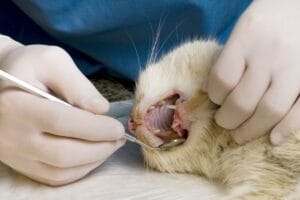Cat Flu Recovery Timeline: What to Expect

Cat flu, a common viral infection that affects cats, can be a distressing experience for both pet owners and their furry companions. While it’s usually not life-threatening, the symptoms can be uncomfortable and require careful management.
Understanding the cat flu recovery timeline is essential to ensure your cat receives the proper care and support throughout their illness. In this article, we’ll delve into the stages of cat flu, what to expect during each phase, and how to help your cat on their path to recovery.
What Is Cat Flu?
Cat flu, also known as feline upper respiratory infection (URI), is caused by a group of viruses, including feline herpesvirus and feline calicivirus. These viruses are highly contagious (to other cats) and are commonly found in crowded environments such as shelters, catteries, and multi-cat households.
The symptoms of cat flu can range from mild to severe and may include sneezing, runny nose, watery eyes, fever, loss of appetite, and lethargy.

The Cat Flu Recovery Timeline
The cat flu recovery timeline can vary depending on the severity of the infection, the age and overall health of the cat, and the quality of care provided. Here’s a general overview of what to expect during each phase of recovery:
1. Early Symptoms (Days 1-3)
Symptoms: The onset of cat flu typically begins with subtle signs, such as sneezing and a mild nasal discharge. Your cat may also exhibit watery eyes, occasional coughing, and a slight increase in body temperature.
What to Do: First and foremost, isolate your cat from other felines to prevent the spread of the virus. Create a comfortable, quiet space for them. Ensure a fresh supply of water and maintain their regular feeding schedule to sustain their strength and immune system.
2. Peak Symptoms (Days 4-7)
Symptoms: As cat flu progresses, symptoms may intensify. Sneezing becomes more frequent, eye and nasal discharge thickens, and your cat may develop a persistent cough. Their appetite may significantly decrease, and some cats might develop a fever.
What to Do: Keep your cat warm and cozy, as comfort is essential during this phase. Hydration remains critical, so ensure they continue to drink water. It’s also important to keep removing any discharge from their eyes or nose. You can use eye drops for the eyes to loosen and remove and crusty discharge. To encourage eating, offer soft, aromatic foods that are easy on the stomach. If symptoms become severe, or if your cat’s condition worsens, it’s time to consult your veterinarian for professional guidance.
*In severe cases, this stage can last for several weeks.
3. Gradual Improvement (Days 7-10)
Symptoms: Most cats start to show signs of improvement during this phase. Sneezing and nasal discharge begin to subside, and their coughing becomes less frequent. Your cat may still lack a strong appetite, but overall, their energy levels begin to improve.
What to Do: Continue to provide a warm, comfortable environment. Monitor your cat’s water intake and ensure they remain well-hydrated. Gradually reintroduce their regular diet and offer small, frequent meals to entice them to eat.
4. Recovery (Week 2 and Beyond)
Symptoms: By the end of the second week, your cat should be well on their way to recovery. Sneezing and nasal discharge should be minimal, and they may start eating more enthusiastically. Their energy levels return to normal, and they become more sociable.
What to Do: Keep a close watch on your cat’s progress. Gradually reintroduce them to their usual routine, including social interactions with other cats if applicable. Continue providing a comfortable environment and be patient with their recovery process.
Tips for a Speedy Cat Flu Recovery
- Isolation: During the early stages of cat flu, isolate the affected cat to prevent spreading the virus to other felines.
- Hydration: Ensure your cat stays hydrated. If they refuse to drink, you can try offering ice cubes or a pet electrolyte solution.
- Nutrition: Offer soft, easily digestible foods to encourage eating. Warm, aromatic foods may entice your cat to eat if they have a decreased appetite.
- Humidity: Increase the humidity in the room to ease breathing difficulties. You can use a humidifier or place a bowl of water near a heat source.
- Medications: Follow your veterinarian’s advice regarding any prescribed medications. Antiviral medications may be recommended in severe cases.
- Veterinary Check-ups: Regularly consult with your veterinarian to monitor your cat’s progress and adjust the treatment plan as needed.
- Vaccination: Discuss vaccination options with your vet to prevent future cat flu outbreaks. Routine vaccinations are an effective way to protect your cat.
When to Seek Veterinary Care
While most cats recover from cat flu with proper care, there are situations where immediate veterinary attention is required:
- Severe Symptoms: If your cat is struggling to breathe, has a high fever, or refuses to eat or drink for more than 24 hours, consult your vet.
- Secondary Infections: Cat flu can weaken the immune system, making cats susceptible to secondary bacterial infections. If you notice pus or discharge from the eyes or nose, consult your vet promptly.
- Dehydration: If your cat becomes dehydrated (dry gums, sunken eyes, or lethargy), seek immediate veterinary care.
- Persistent Symptoms: If your cat’s symptoms persist or worsen beyond the typical recovery timeline, it’s essential to consult your vet for a more in-depth evaluation.
Conclusion
Understanding the cat flu recovery timeline is crucial for ensuring your feline friend receives the care they need during this challenging period.
With proper care, most cats recover from cat flu and go on to lead healthy lives. Remember that early intervention and regular veterinary check-ups are key to a smooth recovery. Your love and support can make a significant difference in helping your cat overcome this common feline illness.


